Since bursting onto the supplement scene in 2019, AstroFlav has established themselves as a cut above the rest when it comes to customer relationships and flavors. Their development process is driven by a constant loop of feedback from their fanbase, leading to products that just keep getting better. This is a refreshing approach in an industry flooded with copycats and white-labeled, prepackaged formulas.
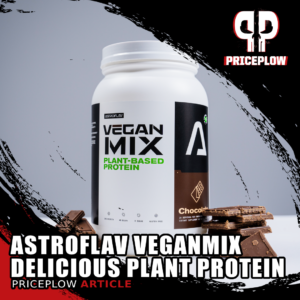
AstroFlav's VeganMix is a plant-based protein powder sourced from top-quality ingredients. Best of all, it tastes incredible!
The results speak for themselves: clean, high-quality ingredients and awesome flavors, tailor-made for their own customers. We recently tried out their IsoMix whey protein isolate powder, and now it's time to take their plant-based protein powder for a spin.
AstroFlav VeganMix: A complete, whey-free protein powder
While AstroFlav has a truly impressive catalog in general, their 100% Vegan Protein Powder is particularly interesting. AstroFlav's VeganMix uses a blend of three different high-quality plant-based protein sources, leading to the best plant-based vanilla flavor we've ever tasted. Making a plant-based protein powder that actually tastes good is no small feat.
We've loved some of AstroFlav's other products – Full Tank and MetaBurn PM are must-trys. If you're into dairy-free protein, VeganMix is no exception. It comes packed with all nine essential amino acids and tastes delicious, VeganMix is an excellent option.
Below we're going to go through what makes VeganMix such a good blend, and how it stands apart from the rest of the vegan protein powder market.
AstroFlav VeganMix – Deals and Price Drop Alerts
Get Price Alerts
No spam, no scams.
Disclosure: PricePlow relies on pricing from stores with which we have a business relationship. We work hard to keep pricing current, but you may find a better offer.
Posts are sponsored in part by the retailers and/or brands listed on this page.
VeganMix 100% Vegan Protein Macro Breakdown
Every scoop (29.2g) of VeganMix protein powder contains the following (macros will vary based upon flavor):
-
Calories: 115-130
-
Protein: 20g
-
Carbohydrates: 3-5g
-
Dietary Fiber: 1-3g
-
Sugars: 0g
-
-
Fat: 2-3g
If looking for the fewest calories, it will come from the Vanilla Bean flavor, while Chocolate Peanut Butter has the most calories, thanks to a bit more fiber-based carbohydrate and fat from the added cocoa and peanut flour.
The problem with many plant-based proteins
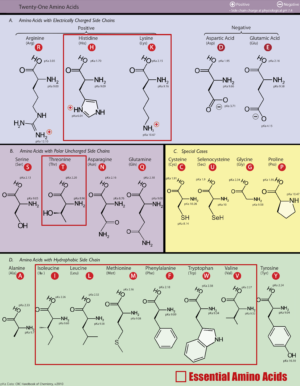
Amongst these primary amino acids, the essential amino acids are in red. Leucine, Valine, and Isoleucine are the three Branched-Chain Amino Acids.
For those who have adopted a vegan or largely plant-derived diet, finding a quality protein powder can be difficult. Whey, the most common source of protein for protein supplementation, is produced from cow's milk, so that doesn't work for the vegans among us. The great thing about whey protein, however, is that it is a complete protein.
A complete protein is a form of protein that contains all nine essential amino acids in adequate proportions, and is typically sourced from animal products, such as meat, dairy, fish, and eggs. Amino acids are the bricks that build proteins, and they are divided into two main categories: nonessential and essential.
Nonessential amino acids can be made by the body, meaning you don't necessarily need to consume them in order to produce adequate amounts. Essential amino acids are not produced by the body, and therefore must be consumed through diet or supplementation.
There are very few plant-based protein sources that are complete. In order to fix this problem, you typically have to combine multiple sources of protein in order to form a cumulative complete protein with the correct amounts of essential amino acids.
VeganMix Ingredients
You should now have a pretty good idea of what makes a good protein powder in general, and how those concepts can be applied to plant-based protein powders. Let's run through VeganMix's ingredients:
-
Protein Sources
In order to form a complete protein powder without utilizing animal products, AstroFlav has opted to combine three different protein sources: pea protein, organic brown rice protein, and pumpkin protein.
-
Pea Protein
We're not sure of the exact quantities of each protein source in VeganMix's blend, but we do know that pea protein forms the largest block, followed by brown rice protein, and finally pumpkin protein bringing up the rear as making up the smallest share.
We consider this a positive, because pea protein is one of the only plant-derived protein sources that is considered complete on its own.[1] This means, of course, that it contains sufficient quantities of all nine essential amino acids - although some say it's a touch low in methionine[2] (something we'll handle next).
Pea protein, in particular, has several studies backing its on-par performance with whey protein for increasing muscle mass.[3,4]
-
Organic Brown Rice Protein
Most plant-based proteins are low in methionine – a shortcoming not shared by most animal protein sources like whey. Brown rice protein, however, contains a healthy dose of methionine, without going overboard and risking raising homocysteine levels, which has been linked to cardiovascular disease.[5]
In addition to methionine, brown rice protein contains high levels of branched-chain amino acids, which have been demonstrated to be effective at supporting muscle protein synthesis. The largest share of BCAAs contained in brown rice protein are leucine, isoleucine, and valine.[6]
Leucine is important to the anabolic process,[7-9] as it activates mammalian target of rapamycin (mTOR),[10-12] the on-off switch of the anabolic response.
-
Pumpkin Protein
Pumpkin protein is derived from pumpkin seeds, which contain an incredible amount of nutrition. In addition to their high protein content, pumpkin seeds boast a lengthy antioxidant profile.[13,14] There isn't much to say regarding pumpkin protein's amino acid profile, as it just hasn't been extensively studied.
This isn't a huge concern, however, as pumpkin protein is merely playing a supporting role in VeganMix for the highly-studied pea and brown rice proteins. The real reason it's here is because it's smoother and will help with the product's texture!
-
-
Other Ingredients
There are a few other ingredients included in VeganMix, depending on the flavor: cocoa, peanut flour, natural flavors, salt, guar gum, silica, organic stevia, and monk fruit.
These additives create a delicious creamy texture that we'd rank best-in-class among vegan protein powders.
Available Flavors
Let's take a look at all the available VeganMix flavors. The Vanilla Bean flavor is one of our favorites in the plant-based protein market.
Final thoughts: complete vegan protein that's delicious
Veganism is on the rise. For a wide variety of reasons, many people are adopting plant-based diets, and that makes things like finding a good protein powder fairly difficult. With whey being the industry standard, plant-based protein blends have only recently begun taking off. One major difficulty involved is finding a complete plant-based protein powder.
AstroFlav has solved the completeness problem by making pea protein – one of the few complete plant protein sources – the foundation of VeganMix, while adding brown rice protein and pumpkin protein for a smoother, more diversified blend.
Not only is the nutritional impact of VeganMix on par with whey-based powders, but it tastes delicious as well. Using a few thickening agents like guar gum, paired with natural sweeteners like stevia and monk fruit, VeganMix Vanilla is, bar-none, the best-tasting vegan protein vanilla flavor we've tried yet.
AstroFlav VeganMix – Deals and Price Drop Alerts
Get Price Alerts
No spam, no scams.
Disclosure: PricePlow relies on pricing from stores with which we have a business relationship. We work hard to keep pricing current, but you may find a better offer.
Posts are sponsored in part by the retailers and/or brands listed on this page.
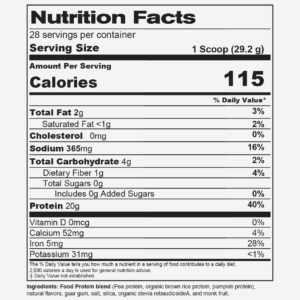
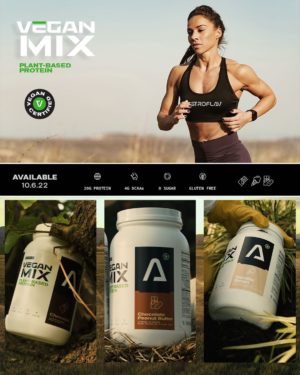
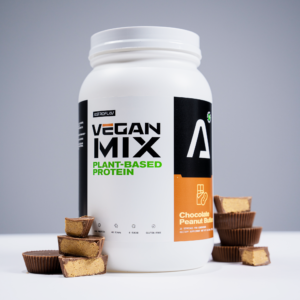
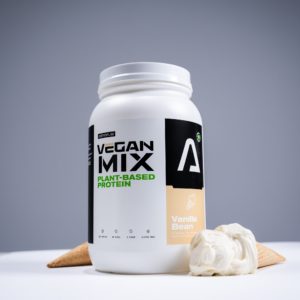


Comments and Discussion (Powered by the PricePlow Forum)